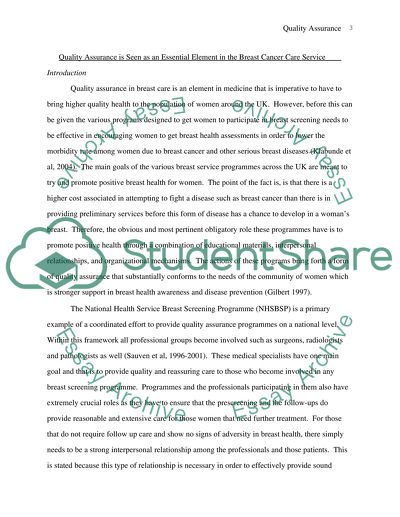Cite this document
(“Breast Cancer Care Service Essay Example | Topics and Well Written Essays - 2750 words”, n.d.)
Retrieved from https://studentshare.org/health-sciences-medicine/1504829-breast-cancer-care-service
Retrieved from https://studentshare.org/health-sciences-medicine/1504829-breast-cancer-care-service
(Breast Cancer Care Service Essay Example | Topics and Well Written Essays - 2750 Words)
https://studentshare.org/health-sciences-medicine/1504829-breast-cancer-care-service.
https://studentshare.org/health-sciences-medicine/1504829-breast-cancer-care-service.
“Breast Cancer Care Service Essay Example | Topics and Well Written Essays - 2750 Words”, n.d. https://studentshare.org/health-sciences-medicine/1504829-breast-cancer-care-service.


